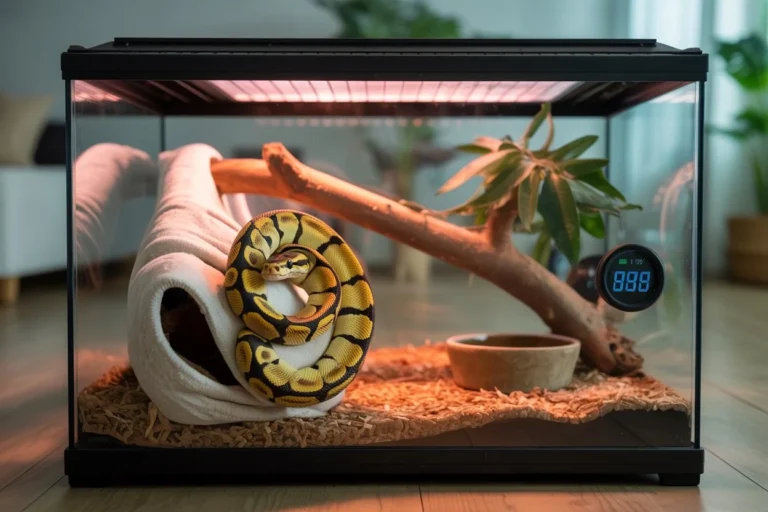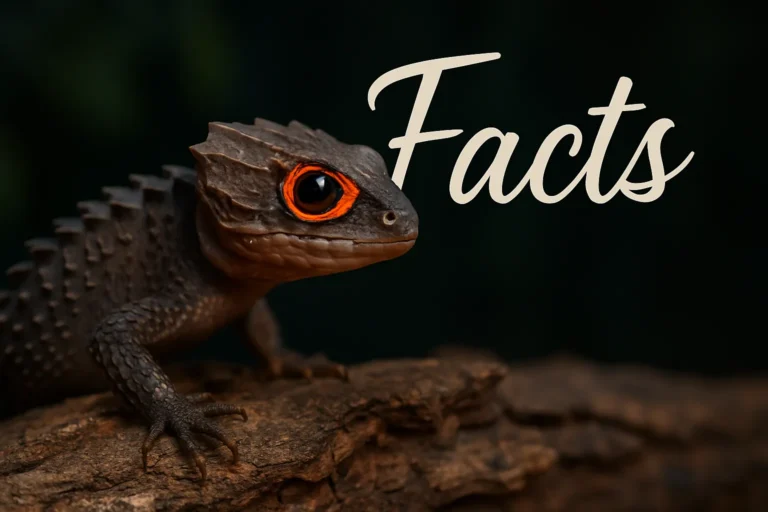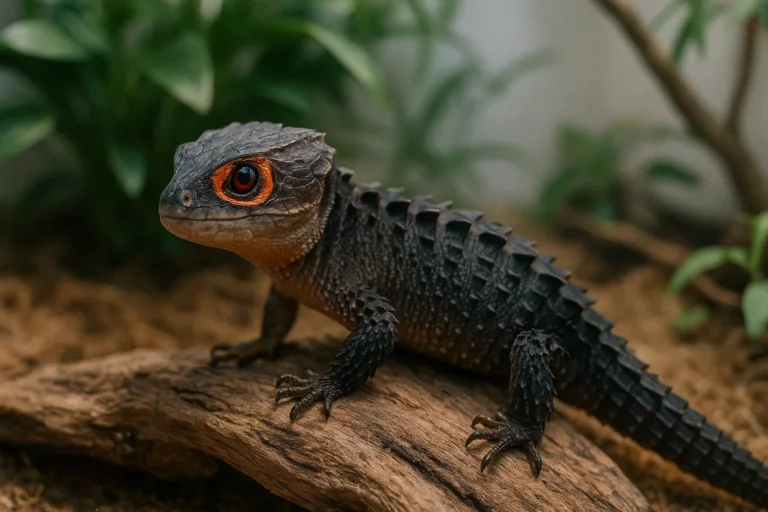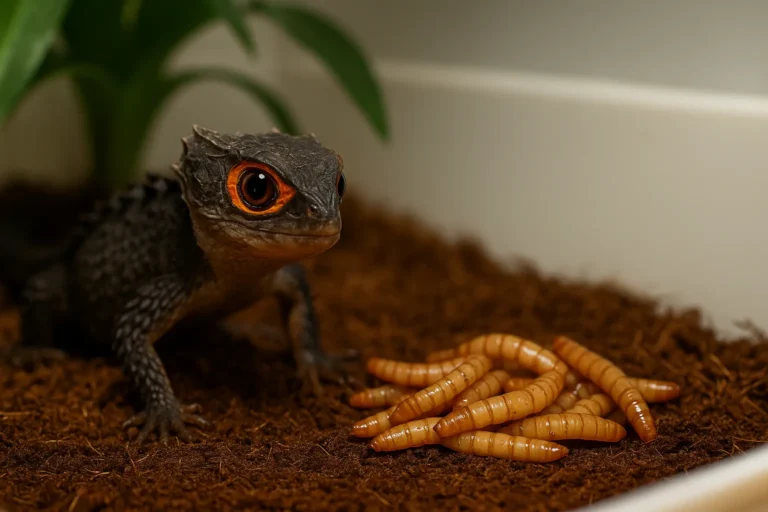The Ultimate Guide to Leopard Gecko Care: Habitat, Diet, Health & More
Leopard geckos (often affectionately called “leos”) are among the most popular reptile pets for beginners and experienced keepers alike. With their docile nature, ease of care, and charming behavior, these desert-dwelling lizards make for rewarding companions. Whether you’re considering adopting your first leo or looking to level up your reptile husbandry skills, this comprehensive guide covers everything you need to know about leopard gecko care, from habitat setup and diet to handling and health.
Leopard Gecko Habitat Setup
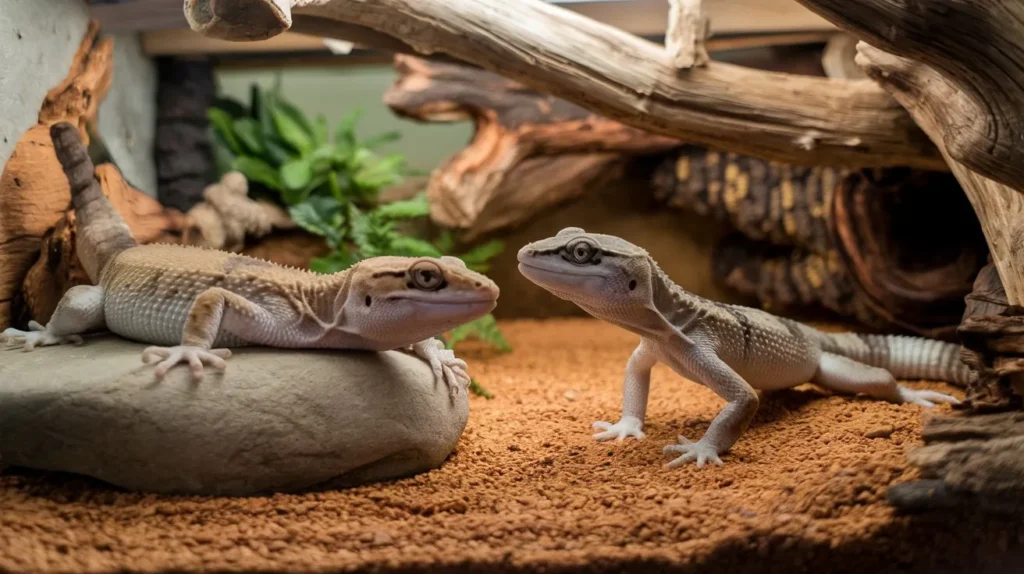
Enclosure Size and Type
Young leopard geckos can be comfortably housed in a 10-gallon tank, but as they grow, a 20-gallon enclosure is more appropriate. Since they are terrestrial reptiles, prioritize horizontal floor space over vertical height.
Ideal substrates include:
Avoid loose substrates like sand or bark, as these can cause impaction if ingested.
Temperature & Heating
Being cold-blooded, leopard geckos rely on external temperatures to regulate their body heat. Maintain a thermal gradient in the tank:
Heat sources can include:
Never use hot rocks, as they can cause burns.
Lighting & UVB
Although leopard geckos are nocturnal, providing low-level UVB (2% to 7%) lighting for 10–14 hours a day can support vitamin D3 synthesis and prevent metabolic bone disease (MBD). Automating lighting with a timer can make care easier.
Humidity & Hydration
These desert lizards thrive in 30–40% humidity. Use a hygrometer to monitor levels. Add a humid hide filled with sphagnum moss or damp vermiculite to assist with shedding.
Soak your gecko in shallow lukewarm water once or twice a week for hydration, especially during shedding.
Hide Boxes & Enrichment
Leopard geckos enjoy hiding, mimicking their wild behavior of burrowing and sheltering under rocks. Place multiple hides throughout the enclosure (warm, cool, and humid). Good hide options include:
Leopard Gecko Diet and Feeding
Leopard geckos are insectivores, requiring a diet of live, protein-rich insects. Safe feeder insects include:
Occasionally, adult leos may eat pinky mice, but this should not be a staple.
Feeding Schedule
Feed insects that are no longer than the gecko’s head and half its width. Remove uneaten food after 10–15 minutes to avoid stress or injury.
Gut-Loading & Supplementation
Before feeding, all insects must be gut-loaded (fed nutritious food 6–24 hours in advance). Dust insects with:
Juveniles require supplementation at every feeding; adults need it every other feeding. Keep a small bowl of calcium in the enclosure for voluntary intake.
Leopard Gecko Behavior and Temperament
Leopard geckos are docile, nocturnal, and ground-dwelling reptiles. Unlike other geckos, they:
- Do not have sticky toe pads
- Cannot climb glass
- Have functional eyelids
They are generally calm, slow-moving, and easy to handle. Over time, they can become quite tame with gentle, consistent handling.
Communication and Social Behavior
- Chirps and squeaks: Alert or annoyed
- Clicking: Social interaction
- Tail waving (slow): Warning before attack
- Tail rattling (fast): Excitement to eat or mate
Geckos may drop their tails when frightened. While the tail will regenerate, it will appear different from the original.
Pro Tip: Always support their full body while handling and never grab by the tail.
Housing Leopard Geckos Together
Leopard geckos are solitary by nature and do not require companionship. Housing tips:
- One gecko per tank is safest
- Females may cohabitate
- Never house two males—they will fight
- Mixed-sex housing can lead to breeding
Breeding geckos requires attention to weight (30+ grams) and temperature-controlled incubation. The incubation temperature even determines the sex of hatchlings.
Health and Medical Needs
Leopard geckos are hardy but can suffer from several health conditions if not cared for properly. Watch for signs like:
Common Health Problems
Consult an exotics vet with reptile experience for diagnosis and treatment. Routine health checks can catch issues early and ensure a long, healthy life for your pet.
Cleaning and Hygiene
Maintain a clean enclosure to prevent illness:
- Daily: Remove waste, clean food/water dishes
- Weekly: Spot clean and replace damp materials
- Monthly: Deep clean with diluted bleach (1:32) or Dawn dish soap
Always rinse thoroughly and allow everything to dry before returning your gecko to the enclosure.
Wash hands before and after handling, as reptiles may carry salmonella, though leopard geckos are not known to transmit serious diseases to humans.
Choosing Your Leopard Gecko
Leopard geckos are widely available at pet stores, breeders, and reptile expos. Expect to pay:
- $20–$40 for common morphs
- Up to $100+ for rare or designer morphs
When selecting a gecko:
- Look for a fat tail (a sign of good health)
- Eyes, nose, and vent should be clean and free of discharge
- Avoid lethargic or underweight individuals
Conclusion
Leopard geckos are ideal for beginner reptile keepers thanks to their calm demeanor, simple habitat needs, and fascinating behavior. With the right setup, diet, and regular health checks, your leo can live up to 15–20 years in captivity.
Whether you’re just getting started or refining your care regimen, this guide offers everything you need to give your leopard gecko a safe, healthy, and enriching home.

